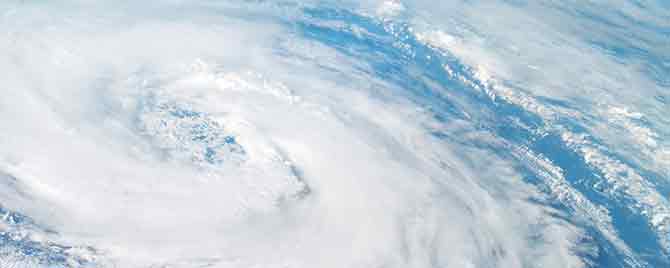Severe meteorological events like hurricanes can lead to extensive power and telecommunications outages that impact ATMs, cellular availability, and internet access. Financial institutions may shut down or move operations for safety. At the same time, people still need to pay for groceries, medicine, and even rent. During these stressful times, demand for cash spikes.
How do we ensure that cash is available when it’s needed most? By being well prepared and by working directly with financial institutions and armored carriers year-round.
Planning ahead
We’ve learned from Katrina, Sandy, Harvey, Maria, and other hurricanes that major storms can interrupt a financial institution’s operations. Interruptions can last a few hours to more significant periods of time.
Some disruptions can be anticipated, others cannot. That’s why having a response plan cannot wait until the last minute.
The Federal Reserve’s Cash Product Office (CPO) and Reserve Banks have comprehensive business continuity plans, which we test regularly. Throughout the year, we communicate to banks and armored carriers about how a storm could impact Federal Reserve operations. We also work with our business partners to understand their plans.
Weathering the storm
When early warning indicators predict a disruptive event, the CPO and the Federal Reserve office in the affected area jump into action. The first step is to open communication channels and establish the Federal Reserve’s response team, which includes business continuity experts and communication specialists. The team also extends to our partners in financial institutions and armored carriers.
Throughout the storm or disruptive event, we stay in close contact with each other and our business partners, so we are all aware of any changes in operating status, as well as any safety or transportation issues.
Supporting recovery
Making sure consumers have ready access to cash in affected areas is a collaborative effort. During large-scale revitalization efforts, we often coordinate with local and national authorities and monitor cash supply and demand daily. This includes working with local banks and armored carriers to assess currency contaminated by flood waters, sewage, and mold. We then provide special bags so the contaminated currency can be safely transported to the Fed for proper disposal.
Over a typical two-year period the U.S. coastline is struck by an average of three hurricanes, one of which is classified as a major hurricane (winds of 111 miles per hour or greater), according to the National Weather Service. Last year was an especially busy season with six major storms on record.
The 2018 hurricane season began June 1 and is expected to run through November 30. We cannot predict the severity of this year’s storms, but we’re ready to move into action to meet cash demand when and where it’s needed.
You may also be interested in:
The views expressed here do not necessarily reflect the views of the management of the Federal Reserve Bank of San Francisco or of the Board of Governors of the Federal Reserve System.
